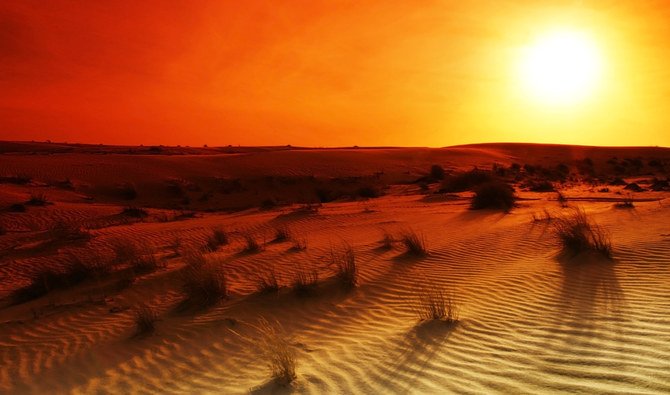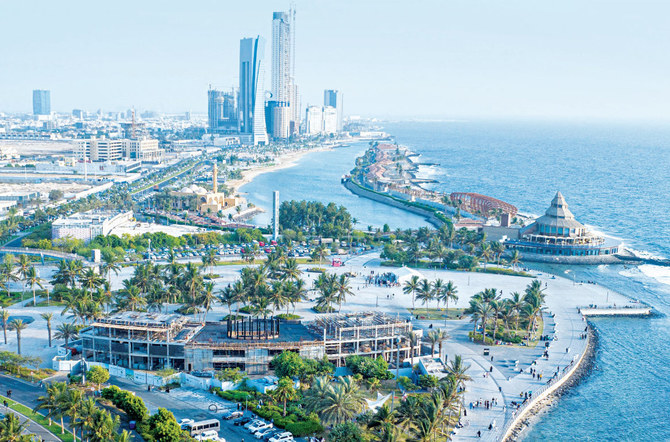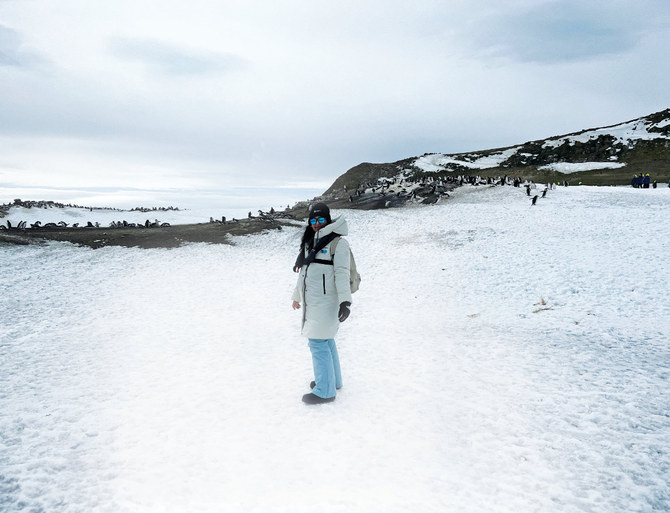DUBAI: Gulf cities are known for their scorching summers, but experts warn climate change could soon make parts of the fossil fuel-rich region unlivable for humans.
Daily temperatures in the coastal metropolis regularly top 40 degrees Celsius for several months of the year and are exacerbated by high humidity.
A new report this month by the UN’s Intergovernmental Panel on Climate Change (IPCC) showed unequivocally that the climate is changing faster than previously feared, and because of human activity.
The UAE is also one of the world’s most arid countries, and for the past several years it has used aircraft for cloud seeding to artificially produce rain.
One expert has warned of the risks for the region as climate change progresses.
“In general, the level of heat stress will increase significantly,” said Elfatih Eltahir, a professor of hydrology and climate at the Massachusetts Institute of Technology.
With higher temperatures and humidity toward the end of this century, some parts of the Gulf will experience periods of “heat stress conditions that will be incompatible with human survival,” he warned.
The combination of heat and relative humidity has the potential to be deadly if the human body is unable to cool off through sweating.
Scientists have calculated that a healthy human adult in the shade with unlimited drinking water will die if so-called “wet-bulb” temperatures (TW) exceed 35C for six hours.
It was long assumed this theoretical threshold would never be crossed, but US researchers reported last year on two locations — one in the UAE, another in Pakistan — where the 35C TW barrier was breached more than once, if only fleetingly.
UN chief Antonio Guterres has said the IPCC report “must sound a death knell” for coal, oil and gas, and warned that fossil fuels were destroying the planet.
Some Gulf states in recent years have taken up greener rhetoric as they try to improve their environmental credentials and diversify their economies away from oil.
Tanzeed Alam, managing director of Dubai-based Earth Matters Consulting, said there was increasing interest in the environment and the impact of climate change in the UAE.
“But we are yet to see the large, family-owned businesses really taking this issue to the core of their business models,” he said. He expressed hope that the UN report would act as a “wake-up call.”
The UAE aims to increase its reliance on clean energy to 50 percent by 2050 and reduce its carbon footprint for power generation by 70 percent.
Abu Dhabi says it is building the world’s largest single-site solar plant.
Once fully operational, the Al-Dhafra solar project will have the capacity to power some 160,000 households nationwide. It is scheduled to commence operations in 2022.
In Bahrain, where average summer temperatures range between 35C and 40C, Mohammed Abdelaal’s company Silent Power uses solar technology to cool water tanks. Bahrain aims for 10 percent renewable energy by 2035, according to state media.
In Kuwait, Khaled Jamal Al-Falih said his house ran solely on solar power, and urged the government to make “clear decisions” to combat climate change. The idea of being able to escape the reality of global warming has “become impossible,” Al-Falih said.






















